Islands can really mess you up: Gigantism - Foster's Rule
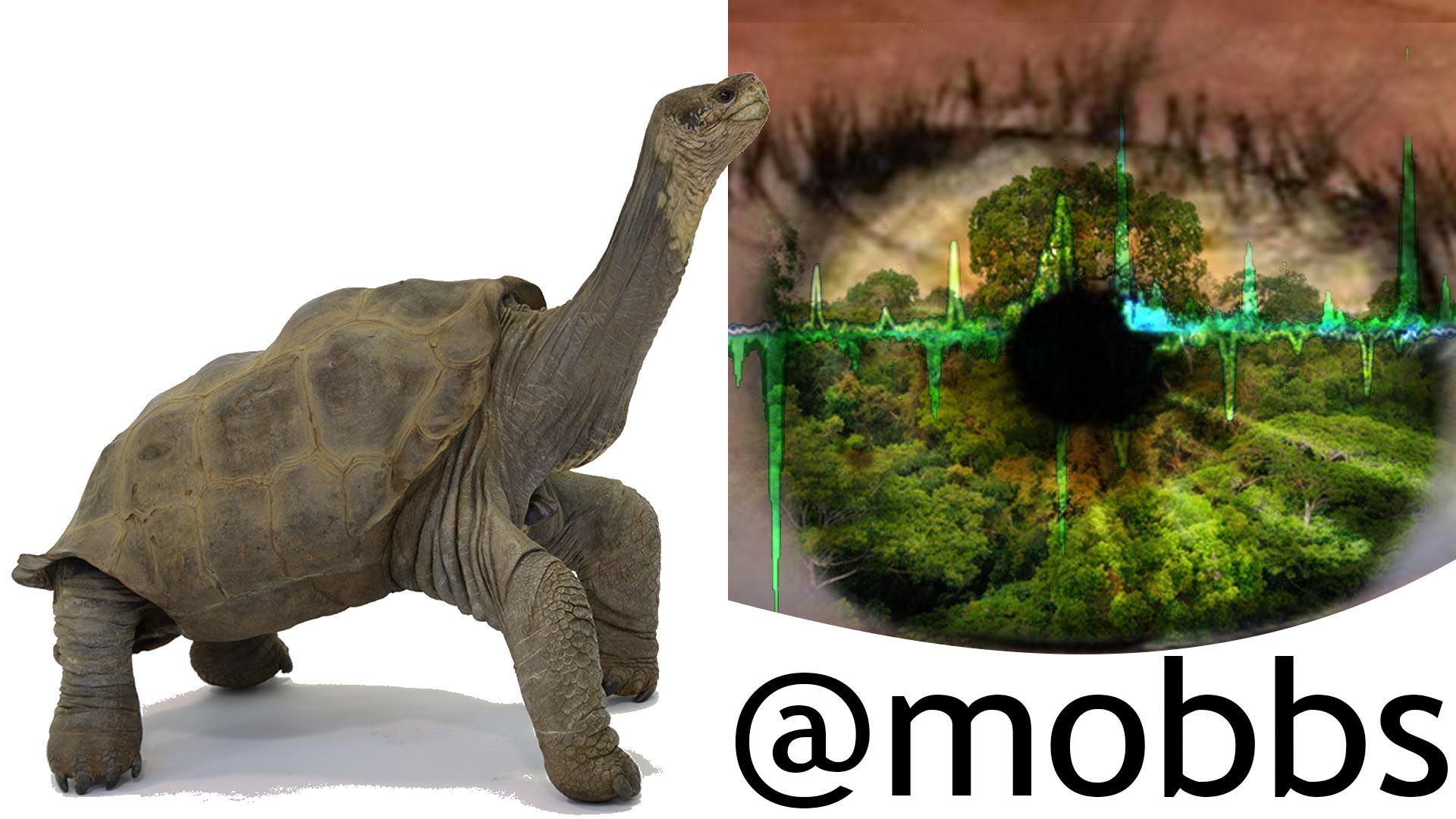
When you hear the word Island, you probably think of a tropical paradise with white sand beaches, playful crabs, palm trees and crystal clear oceans. Either that or the peaceful glades of the Irish countryside.
But you probably don't think about the residents there having unnatural growth spurts or genetic miniaturization. Well, on the contrary, on islands all over the world, this is quite natural indeed, and a fantastic demonstration of evolution at play. We call it:
Foster's Rule
Foster's rule posits that members of a given species increase or decrease in size, depending on the situation.
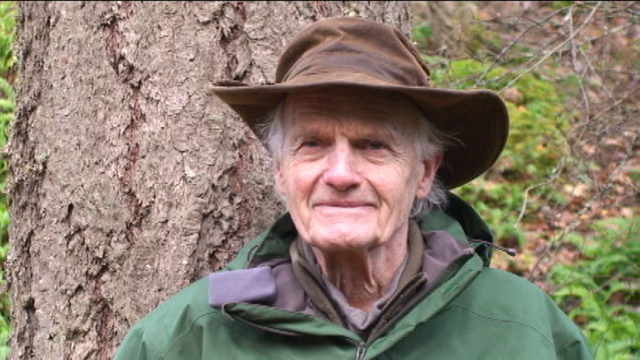
Originally described by the naturalist Bristol Foster, the idea is that animals shrink over time when resources are lacking, and animals grow when their natural predators are absent.
This is actually quite a new idea, coming from the mid 60's, and was later developed into Island Biogeography, and again in 1978 by Ted J. Case
Some interesting notes to be found here are that different species will have a different tendency in growth. For example, rodents will typically lean towards gigantism, whereas carnivores will become smaller. Territorial creatures such as some lizards will grow at a more rapid rate, yet insectivores will not have a preference either way.
Why Gigantism?
Being big has its advantages. Tall men are considered more attractive according to some clickbait I read once, but it also serves as a way to either show off or defeat mating rivals by sheer brute force. Besides, there's no harm in being big when there's so much food around and no need to hide or fly away in any hurry, right?
Additionally, bigger animals can typically survive longer without food, but also travel further to get to it and not many predators will hunt them when their lunch is three times their size.
But when island isolation happens, there typically aren't many predators, who find it pretty hard to survive in such small ranges of hunting grounds unless you're a big, slow reptile or something. Birds are the primary island predators really, but they can only reach a certain size before they become an Ostrich, and nobody wants that.
There are lots of examples of prehistoric and otherwise extinct giants out there, but I wanted to look at some of the ones still alive today.
Galapagos Tortoise
Let's begin with the most famous example of Island Gigantism, recognized and awed at by Darwin himself, making Lonesome George (RIP) a symbol of the Galapagos Islands. In fact, the very word galapago means 'Tortoise' in Spanish.
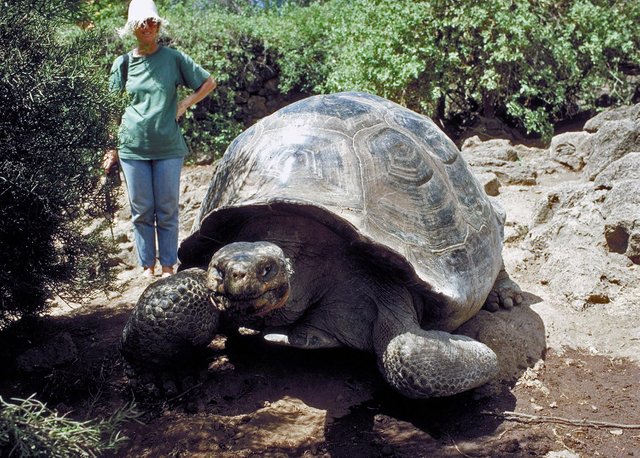
These beasts are huge, and it's hard to appreciate how huge just by looking at them. Sure they look pretty big, but some have been weighed in at over 400kg. That's the equivalent of 4.5 adult male humans. And it's a tortoise.
They're big and slow, and can live for over 150 years, but they're most interesting due to their variation across different islands. Each island demonstrates different sizes and adaptations among subspecies.
This is a domed tortoise. You can find this living on grassy plains in the Galapagos, and its evolved perfectly for this, with a low, domed shell and a short neck for foraging on the ground.
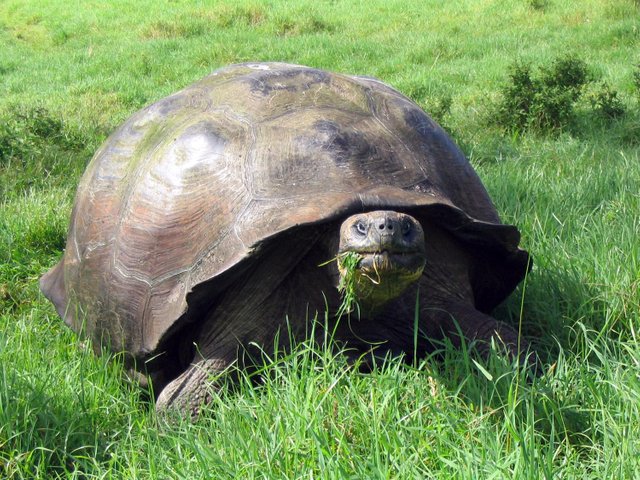
This, however, is a saddleback tortoise. After struggling to reach higher and higher brances over time, due to scarcity of resources (think giraffes), it has deveoloped a much longer neck, and its shell has had to buckle upwards in order to maximize reach.
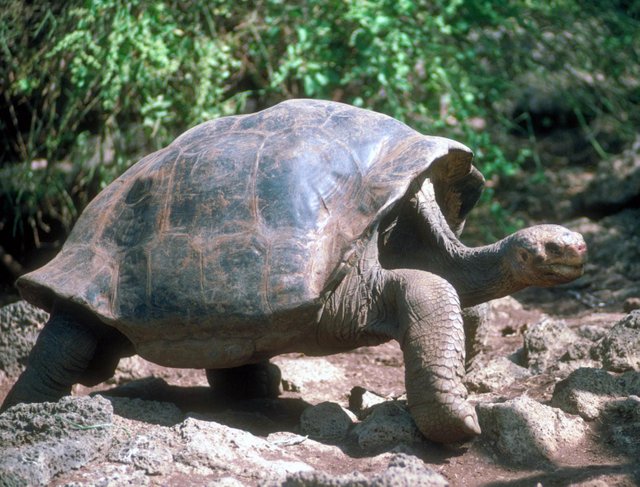
Komodo Dragon
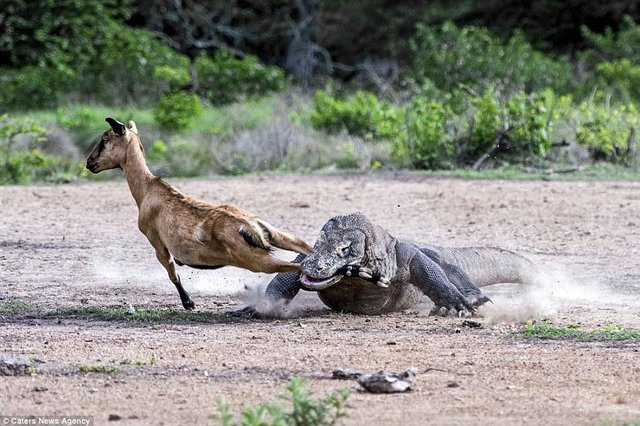
The only living example of actual dragons, these monsters are basically lizards that can eat goats and small horses.
Trapped on Komodo Island and three other islands in Indonesia, they have been subject to Gigantism to an extreme degree, measuring up to 3 metres in length and weighing 80kgs. Not so huge as the tortoises, but it's a lizard we're talking about here. Those things that stick on your walls and eat spiders.
These creatures are fascinating, with bone-reinforced scales that serve as chain mail, and a killer venom that slowly tortures its prey to death over a period of days while the dragon follows it around, watching it fade away into death from afar. It also salivates red, bloody saliva.
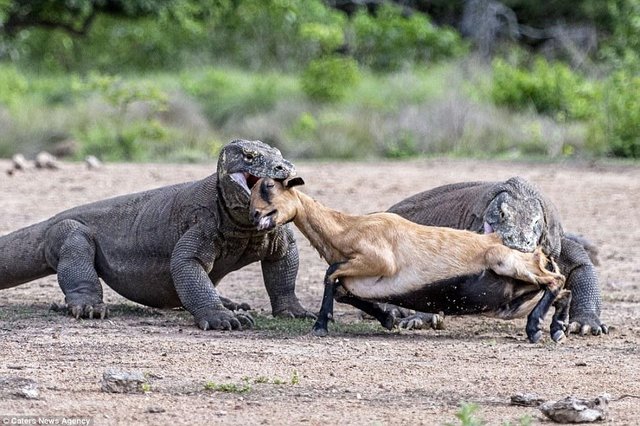
I strongly suggest you check out the image source below, as there are some astronomically cool photos of komodos hunting the goat you see here.
I should add at this point that the idea that these two animals are a result of island gigantism is actually disputed. There is evidence of extinct species of these animals much larger originating in Australia and they may actually be the smaller of the families! But it's interesting to see how this is an ever developing detail, something that most sources fail to recognize
Coconut Crab
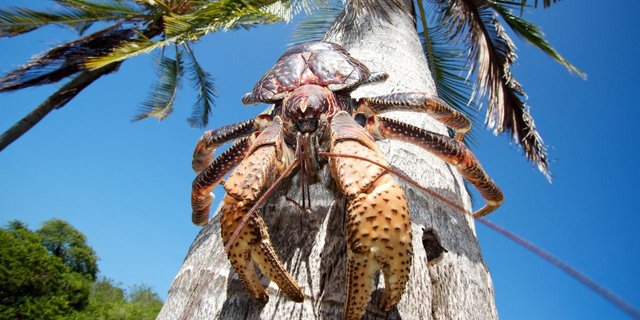
Living on a whole range of Islands across the Indian and Pacific Oceans, the coconut crab lumbers around, holding the medal for the largest land-dwelling arthropod in the world.
I mean, it's a coconut crab. It can single-clawedly crack open coconuts. It's not an exaggerated name.
Giant Pill Millipede
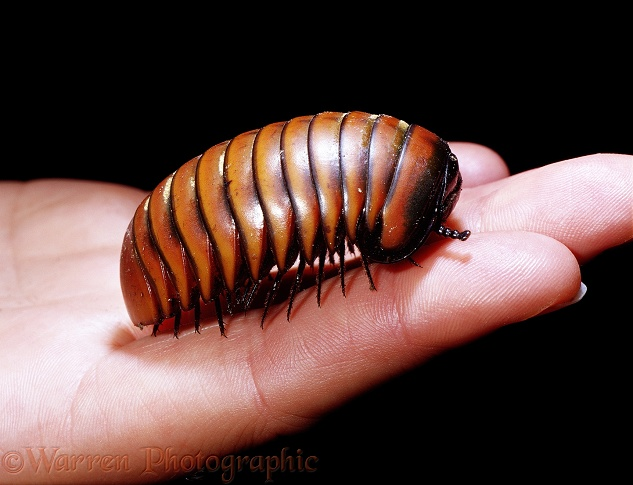
This millipede from Madagascar is pretty cute, and astonishingly big, able to grow to the size of a baseball when curled up.
There are actually at least 36 species of giant pill millipedes and 12 genera. All of which have that cute ability to roll up into an impenetrable ball of armour.
Flores Giant Rat
I thought I'd finish on the cutest note: RATS!
These rats live on the Island of Flores, Indonesia, and are at least double the size of the next biggest, classicla brown rat at about 45 inches in length from head to tail tip.
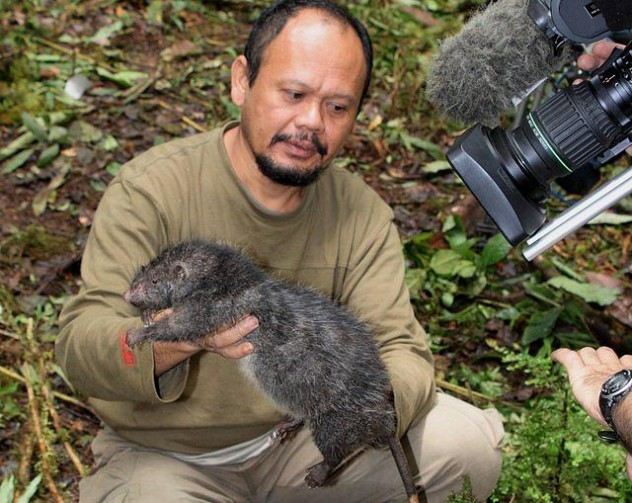
It lives exclusively in the mountains of this island, only going as far down as tree-top levels.
It lacks a natural predator so it doesn't show any fear of humans, but thankfully it doesn't typically eat humans, and prefers vegetation and bugs like any normal rat.

Because of their size, animals of gigantism are almost always threatened, critically endangered or extinct. The amount of space they take up is simply too much for humans to bother working around, and they usually make for an exotic meal or two.
Islands are desperately important ecosystems, not only for the land, but for the beaches, the reefs and the shallow waters that are vital breedings grounds for thousands of creatures, big AND small.
Speaking of small, next week I'll be taking a look at evolution in the opposite direction: Insular Dwarfism.
Image Sources:
Foster
Tortoises
Dragons
Crab
Millipede
Rat
Convergence
Weird Evolution
Weird Evolution Part 2
The Axolotl
Mutual Symbiosis
Parasitic Symbiosis
Parasitic Symbiosis Part 2
Weird Sex
Weird Sex Part 2
Humanity in Nature
Amazing Ants
Amazing Ants Part 2
Spiders
Spiders Part 2
first time I hear the Giant Pill Millipede.. I love it <3
I lol'ed at this one.
The entire article was extremely interesting, although the Giant Komodo Dragons are somewhat frightening considering their "chainmail" armor and poisonous venom. Not exactly an animal that I would like to encounter, ever.
Thanks for the post!
Heh glad you enjoyed! Yeah, the komodo is wild. Add that they can still run 27km/h and yeah... not so fun!
Great post! Never really thought about the reasons why these creatures grew so big.
It is kinda surprising, but it happens with humans too!
Really!? I thought it was just some kind of unfortunate gene mutation. I'll look it up ;-)
The Galapagos is a place I would like to go (maybe one day as it is very remote :p). Actually, I have never thought about the reason why such giant creatures exist. But it is logical after all ;)
PS: the giant Millipede is so ... brrr...
Oh I love the millipede! Could play golf with it. But yeah I've been dreaming of a Galapagos trip for pretty much 20 years now... one day!
I cross my fingers for you! :)
Very fascinating read! There are so many different and diverse creatures in this world. Amazing thanks for sharing @mobbs
Thanks for reading =)
The tortoises freak me out. They always freak me out. They are a terrible mixture of ET and David Lynch style nightmare monsters. The idea that there might have been even bigger tortoises on the Australian mainland is not the kind of news I need befoe bed. Gnight now!
Huh, I bet they think exactly the same about you and your weird, spindly arms and balloon brained head =P